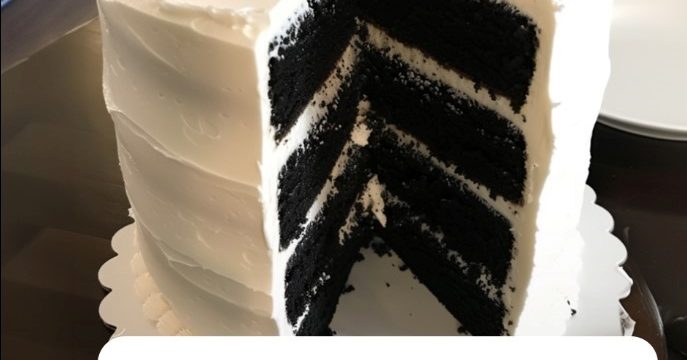Recently, a homeowner made an unexpected discovery beneath their kitchen cabinet and took to a homemaking group for answers. What they found turned out to be an intriguing piece of the past—a vintage under-cabinet jar opener. This little gadget, once a common kitchen convenience, is still a surprisingly practical tool.

The Vintage Under-Cabinet Jar Opener: Functionality and Convenience
The under-cabinet jar opener is a specialized tool designed for ease and convenience when it comes to opening stubborn jars. Mounted discreetly beneath the kitchen cabinets, this vintage gadget is a smart solution for anyone who has ever struggled with a particularly tight lid. It not only saves space but also keeps a handy tool out of sight until it’s needed, making it an ideal fit for kitchens focused on functionality and neatness.
How Does It Work?
Using the under-cabinet jar opener is incredibly straightforward and efficient. Here’s how you can make the most of this classic kitchen helper:
- Locate the Lid: First, hold your jar with both hands and position the lid in between the jar opener’s teeth. This vintage tool has a v-shaped design, with metal teeth that grip the jar lid securely.
- Twist and Open: With the lid gripped firmly, simply twist the jar with a bit of pressure. The opener’s teeth do all the hard work, gripping the lid tightly so you can easily turn it. No more struggling with stubborn jars or dealing with sore hands!
Installation Guide: Bringing This Vintage Tool Back to Life
If you’re lucky enough to come across one of these jar openers, installing it is easy and can bring a touch of nostalgic practicality to your kitchen. Here’s a simple guide to get it mounted and ready for use.
Step 1: Identify the Right Spot
The first step is to find a suitable place underneath your kitchen cabinet to mount the jar opener. Ideally, pick a spot that is easily accessible but out of the way enough to stay discreet. Make sure the surface is clean, dry, and free from any grease or debris—this will ensure a secure installation.
Step 2: The Mounting Process
Once you’ve selected the right spot, it’s time to mount the opener. You’ll need screws or suitable mounting hardware for this. Position the opener under the cabinet, and use a screwdriver or power drill to firmly attach it. It’s important to make sure it’s secured tightly, as you’ll need the opener to be stable when you’re using it. A loose mount could lead to accidents, so double-check that it’s firmly in place before putting it to use.
Why Use an Under-Cabinet Jar Opener?
The idea of a vintage under-cabinet jar opener might seem quaint, but there are plenty of reasons why it’s still a fantastic addition to the modern kitchen:
- Space-Saving Design: Unlike a traditional jar opener that takes up drawer space, the under-cabinet version is tucked away, leaving more room for other kitchen tools and gadgets.
- Accessible for All Ages: From elderly individuals with arthritis to children just learning to help in the kitchen, this jar opener makes it easier for everyone to participate in the joys of cooking. Its simple design reduces strain on the hands and provides extra leverage for tough-to-open jars.
- Practical Nostalgia: There’s something charming about bringing back a vintage tool that remains as functional today as it was decades ago. It’s a nod to a time when gadgets were built to last and designed for practical, everyday use.
Conclusion: A Vintage Solution for a Modern Kitchen
The under-cabinet jar opener is a delightful throwback to simpler times, when kitchen tools were designed for both practicality and longevity. While it might not have the sleek lines of today’s modern gadgets, it more than makes up for it in functionality and nostalgia. If you come across one of these at a garage sale or tucked away in an older home, don’t dismiss it—give it a try and enjoy a piece of vintage convenience that still works wonders.
So, if you’ve been wondering what that strange object under your cabinet is, now you know: it’s a clever and effective tool that’s been helping people open jars for decades. Why not give it a second chance in your own kitchen?





